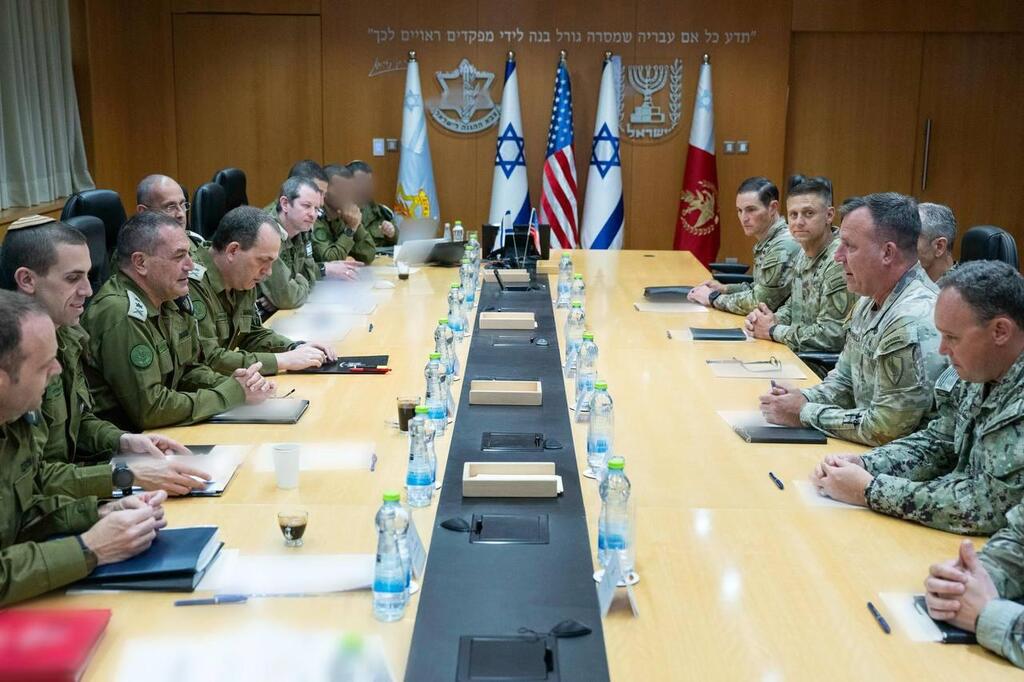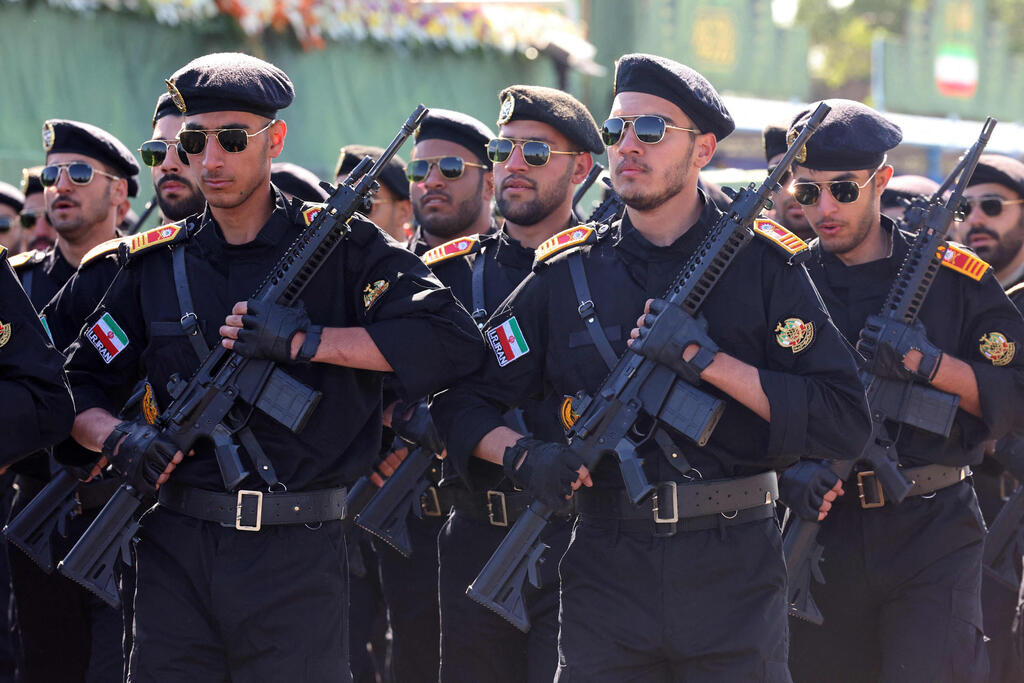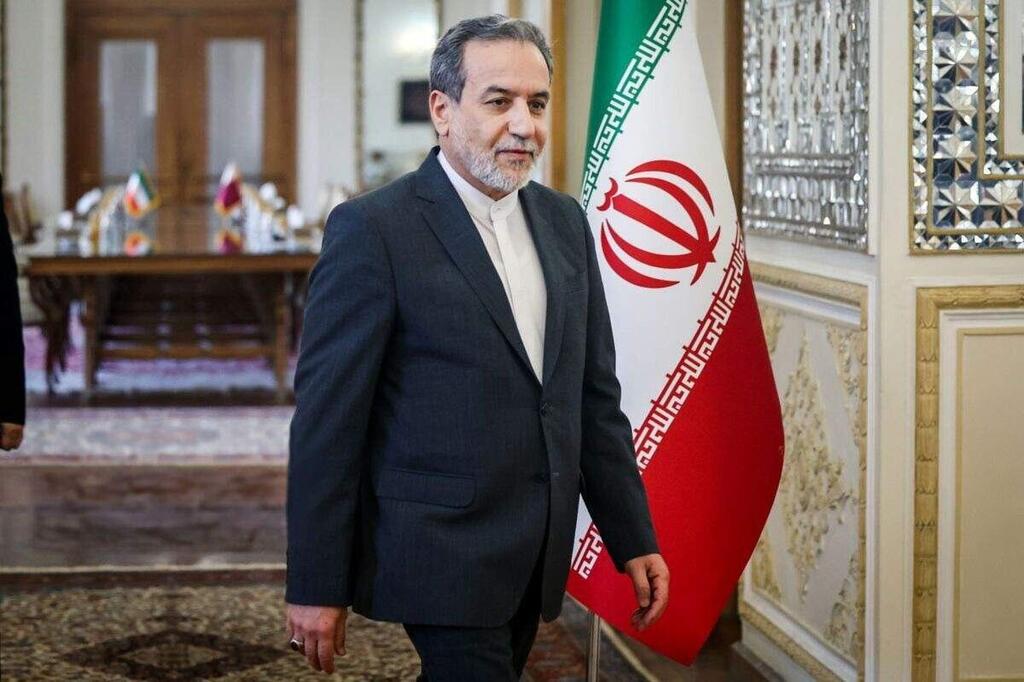Late last week, The New York Times reported that, in full coordination with Washington, Israel had planned to strike Iran’s nuclear sites—possibly as early as May—but that Mr. Trump vetoed the operation to preserve a diplomatic channel. On April 2, General Michael Kurilla, commander of U.S. Central Command, privately briefed senior Israeli officers on the operation; Mr. Netanyahu, then in Hungary, immediately phoned Mr. Trump to protest, only to be told that further discussion would await a visit to the White House.
Netanyahu left without any fresh security guarantees. Not only was the military option shelved for now, but it also emerged that the White House has no detailed strategy for negotiating or clear objectives beyond denying Iran a bomb. Those who had hoped for an unequivocal U.S. vow to eliminate Iran’s nuclear capability were disappointed.
The paradox is stark: Iran today is arguably weaker than at any time in recent memory, yet it stands on the cusp of becoming a nuclear-armed state, able within months of a political decision to field deliverable weapons capable of menacing Israel, its Arab neighbors—and even Europe and the United States. Indeed, Tehran increasingly resembles North Korea in its pursuit of long-range missiles coupled with a pending nuclear breakout capability.
In Jerusalem, security officials warn that unless Israel acts within the coming months, it will miss a “historic window” to dismantle Iran’s nuclear infrastructure effectively. They cite the tactical successes of Operation Iron Sword—particularly last month’s strike attributed to Israeli forces inside Iran—and Tehran’s mounting economic and social crises as evidence that a limited air or commando operation, with or without minimal U.S. assistance, could still destroy key enrichment sites before Iran stockpiles a bomb-core’s worth of fissile material.
Those same officials note that once Iran crosses certain thresholds—whether it moves centrifuge cascades deep underground or amasses enough 90 percent-enriched uranium for half a dozen warheads—any strike would become far less effective and far costlier in blood and treasure. Adding to their urgency is the impending departure of General Kurilla, a rare Pentagon supporter of force, whose successor’s views on Iran remain unknown.
According to The Times, initial Israeli planning called for a combined special-forces raid on subterranean enrichment halls followed by precision airstrikes. When that proved too complex, Netanyahu pressed for an all-air option as soon as possible. Defense planners in Jerusalem then drafted an expansive strike package—one that would require U.S. fighter escorts, tanker support, and missile-defense cover to guard against Iranian retaliation.
Despite the leak’s embarrassment, Israeli officials do not blame Washington. They understand that the publicity was meant to ratchet up pressure on Iran by broadcasting that the military threat is “real and imminent,” even if some details were off the record.
Israel’s strategic calculus rests on a single premise: that dismantling Iran’s nuclear capabilities—whether by force or by negotiation—must be so devastating that it brings down the ayatollahs’ regime, much as NATO’s campaign precipitated Muammar Qaddafi’s fall in Libya. Only a collapsed Tehran leadership, Israeli strategists believe, would permanently end the nuclear threat. As long as the Islamic Republic endures, it will rebuild centrifuges, reconstitute enrichment facilities and resume warhead design.
Iran, for its part, is desperate to lift Western sanctions and resume oil exports—especially to China—yet will not surrender its nuclear “breakout” option. Even under a deal, Tehran would insist on retaining the capacity to assemble a weapon within weeks. Current estimates suggest Iran could fashion a bomb in about 12 days from a breakout decision and could amass enough weapons-grade material for six devices in a matter of weeks. It also fields hundreds of medium- and intermediate-range ballistic and cruise missiles, dozens of which analysts judge could carry a nuclear warhead.
Israel has already degraded some of Iran’s air defenses around its enrichment sites and, according to foreign reports, destroyed key solid-fuel missile-motor mixers. But Tehran still operates thousands of advanced centrifuges installed since Washington exited the 2015 accord, and it continues to expand missile production underground. Experts say relinquishing these capabilities would inflict a severe blow to the ayatollahs’ prestige—and might spur regime collapse—which remains Israel’s preferred outcome.
Following the first round in Muscat, Mr. Witkoff and Iranian Deputy Foreign Minister Abbas Araghchi convened in the private residence of Oman’s foreign minister. Both Washington and Tehran hailed the talks as a procedural success: U.S. officials emphasized site lists and negotiation frameworks, while Supreme Leader Ayatollah Ali Khamenei cautioned against “excessive optimism or pessimism.” Iran, having already yielded to the embarrassment of negotiating with its arch-foe, pressed for talks in Oman rather than in Europe—an insistence partly aimed at signaling to Iranian public opinion that the regime remains in command.
Leaks to the Tehran Times suggest Iran will stiffen its stance on core issues. In Muscat, it refused to dismantle its centrifuges, to ship enriched uranium abroad, or to submit to intrusive International Atomic Energy Agency inspections beyond “limited” verification by the IAEA itself.
U.S. positions remain murky. In the second session, Washington framed its demands primarily as a pledge by Tehran not to weaponize its program, but stopped short of insisting on full dismantlement or the removal of existing enriched stocks. That ambiguity reassured Iranian negotiators and fueled Israeli doubts that the talks could curb Iran’s nuclear trajectory.
Behind the scenes, Mr. Witkoff’s own statements to U.S. media have oscillated. On Fox News, he said Iran need not enrich beyond 3.67 percent—enough for civilian reactors—but did not demand the dismantling of its military program. A subsequent CNN interview shifted the emphasis to “monitoring enrichment and, ultimately, weapons production, including delivery systems.” On X, he called for a total halt and destruction of Iran’s enrichment and weapon-development efforts “without exception.”
That zigzag reflects an internal battle within Mr. Trump’s inner circle. In Jerusalem, officials note that Witkoff has outflanked his opponents—hence the freeze on military options—but that his own approach hardens by the week, deepening Israeli pessimism about a diplomatic solution that meets Israel’s demands.
Israeli planners envisage two possible outcomes. In the first—and preferred—scenario, talks collapse, prompting a joint U.S.–Israeli strike. A severe blow would then compel Iran to return to negotiations on terms acceptable to both capitals. In the second, which alarms Israel’s leadership, Mr. Trump settles for an interim deal before his late May or early June Middle East visit—an accord that forestalls bombing but fails to dismantle Iran’s breakout capability. Such a deal, critics say, would merely delay Tehran’s progress by a year or two, leaving intact its nuclear infrastructure and missile forces.
Even if a large-scale strike is off the table temporarily, Israel and its Western allies possess other levers: cyber operations akin to the 2006 “Olympic Games” campaign, which analysts believe significantly set back Iran’s program, and targeted sabotage—such as the 2020 killing of Professor Mohsen Fakhrizadeh, the program’s military architect. Yet Israeli and U.S. officials caution that only a comprehensive campaign—military, cyber and diplomatic—can induce real, lasting change in Iran’s strategic calculus.
As long as the U.S.–Iran dialogue drags on, the cost of sustaining America’s regional military posture will rise, potentially forcing Washington to dilute its commitments. Mr. Trump has made clear he will not entertain protracted negotiations that stretch into his remaining months in office. Israel, meanwhile, faces a narrowing window to act decisively. Without the full dismantlement of Iran’s nuclear capabilities, the existential threat to Israel—and to regional stability—will only intensify.






